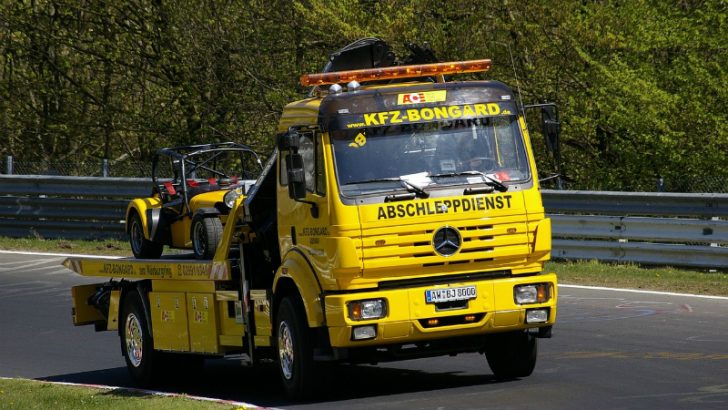
A misleading press release appeared this week, entitled “CarTaxi: Blockchain Technology Will Leave Dispatchers Without Work” and sourced from St Petersburg, Russia. About the only cogent link to blockchain was provided in the last two sentences “To account for orders and control over execution, financial flows the global service CarTaxi is introducing blockchain within its framework. This makes CarTaxi especially attractive for crypto-investors, which the company is going to actively involve participating in the project.” In this guise blockchain seems primarily to be an excuse or mechanism for raising money.
CarTaxi CEO Taras Semenov notes: “The modern sphere of services is moving toward automation and mobile platforms. This saves time, reduces the risks of time and financial losses and helps to effectively allocate resources. Concerning transaction accounting, the decentralized blockchain system is more reliable than any that are known to date.”

Nevertheless, the detail included in the rest of the document demands thought. In essence it is an example of how far software (via apps running on smartphones or tablets) with good apps are disintermediating conventional jobs. In the CarTaxi instance it is despatchers of tow trucks.
The conventional story
Before automation, a tow truck call service worked by the following classic means. The driver calls a breakdown service. This coordinates the search for an available tow truch, via much phoning around and questioning. As surveyed by CarTaxi, the search for a tow truck for drivers who had broken down, took an average 1.5 hours. It then took another hour of waiting time, until the tow truck arrived.
Worse, this applied only in large cities. The further out from a city centre the longer the cumulative delay. (Ironically CarTaxi’s research indicated that 15% of drivers surveyed said their mobile phone battery died during the search for a tow truck, a fear which affects all drivers in trouble on the road.)
The app-enabled story
To call a tow truck, a driver opens the CarTaxi app (if he does not have it he can download it). The app automatically determines the location on a map where the driver is (it presumes that this is where the driver needs the tow truck to pick up the car). The app is available for Android and Apple.
With the location established, the driver can see where there are tow trucks available to pick up the car. To calculate the delivery route (to a garage or home), the driver enters a destination address manually or point to a place on the map. In addition, the driver adds details, like the car type, damage, malfunction and obstacles. The latter are significant. A different type of tow truck capability will be needed if the damaged vehicle is (say) an automatic 4×4 where a thief has broken the ignition so rendering the vehicle a lump of immovable lead.
With all this available, the cost of delivery becomes visible for each available tow truck. According to CarTaxi “the only thing left is to choose the payment method and complete the order”.
How long does this take? A matter of minutes. Better still the tow truck driver has a location and description (in case your phone battery dies) and the user has a predicted time of arrival for the tow truck.
Why does this matter
In this CarTaxi method of ordering a tow truck, there are:
- no dispatchers involved
- the towing company and the driver of the tow truck are directly connected to the system
- only orders which match the capabilities of a tow trucks happen (taking into account the load capacity, clearance, the presence of blocked elements and any obstacles).
In theory the ‘appropriate tow truck will arrive promptly. The customer will be happy and the tow truch driver busier.
Does this remind you of anything? In the taxi market, such algorithms are already standard, thanks to Uber, Lyft and multiple others. They are common and most have assumed this is a specialist instance.
But, as the CarTaxi illustration shows, it can apply to almost any scheduling activity. Think wider and you ‘could’ include ambulances, fire services, courier services, internal office services, hospital porters, and so on. That computer in your hand, known as a smartphone, can make your life much simpler. For despatchers the writing is on the wall. Just as McDonalds invented the art of the customer clearing away the meal remains, so smartphones enable the customer to act as their own despatchers as well as the people who pay.


























Uber of car towing, i think it’s a great idea and no competitors for the moment.